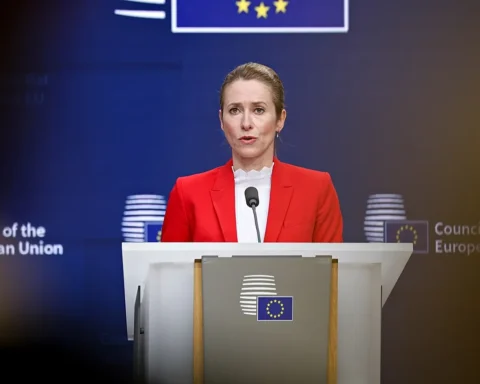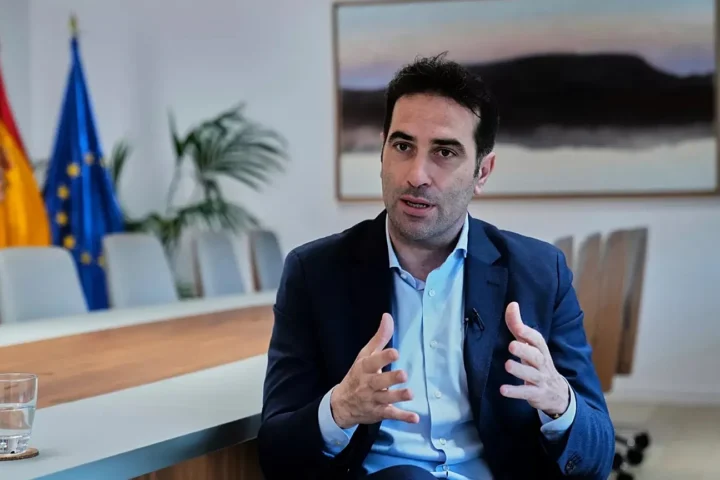Norway’s sovereign wealth fund, formally known as the Government Pension Fund Global, has earned worldwide admiration as the largest of its kind. With assets exceeding $2 trillion in 2025, the fund is often hailed as a model of transparency, prudence, and long-term thinking. It is a towering testament to what a resource-rich nation can achieve when it channels its wealth with foresight. But beneath this financial marvel lies a complex story — one that reveals hidden costs, both environmental and social, that are often overlooked in glowing headlines.
The Oil Behind the Fortune
The fund’s riches come from Norway’s oil and gas exports, managed by the state-owned energy giant Equinor. While the country has taken care to invest the proceeds globally across sectors and geographies, the origins of the fund are rooted in fossil fuel extraction — an industry at the core of the climate crisis.
Norway’s image as an eco-friendly, socially responsible nation stands in stark contrast to the environmental degradation linked to its energy industry. The North Sea oilfields, while lucrative, contribute significantly to global carbon emissions. Norway itself continues to issue new drilling licenses, even in the Arctic, raising questions about its true commitment to climate goals.
The Domestic Trade-Offs
Though Norway boasts generous welfare, free education, and robust healthcare, the fund has also created a dependency culture that some economists argue dampens innovation and entrepreneurship. With so much wealth locked in the fund and the state playing a major role in the economy, critics worry that private-sector dynamism is being stifled. Young Norwegians enjoy one of the highest standards of living globally — but how much of that is sustainable in a post-oil world?
International Ethical Dilemmas
The fund is governed by ethical guidelines, avoiding investments in companies involved in human rights abuses, tobacco, or nuclear weapons. Still, watchdogs have flagged its holdings in major tech firms and global corporations accused of labor exploitation, environmental damage, and tax avoidance. The sheer scale of the fund makes it difficult to avoid controversial holdings entirely.
Moreover, while Norway debates divesting from fossil fuels, it remains a leading exporter of them. This paradox — promoting sustainability at home while fueling emissions abroad — has sparked global criticism. The wealth accumulated is clean on paper but tainted by the global costs of carbon.
Future at Risk?
With global demand for oil expected to peak and eventually decline, the long-term viability of the fund’s revenue source is uncertain. Norway is making steps to transition its economy, investing in renewables and green tech, but the pace is slow. If oil prices collapse or geopolitical instability disrupts production, the impact on the fund — and by extension, Norway’s fiscal stability — could be significant.
A Model Worth Reexamining
Norway’s sovereign wealth fund is undeniably a success story in financial engineering and national savings. But the true cost of this fortune is measured not only in dollars, but in carbon emissions, ethical contradictions, and missed opportunities for faster transition to a sustainable economy.
As the world looks to Norway for lessons in managing national wealth, perhaps the most important one is this: even the most responsible model has its shadows — and facing them is essential for a truly sustainable future.



























